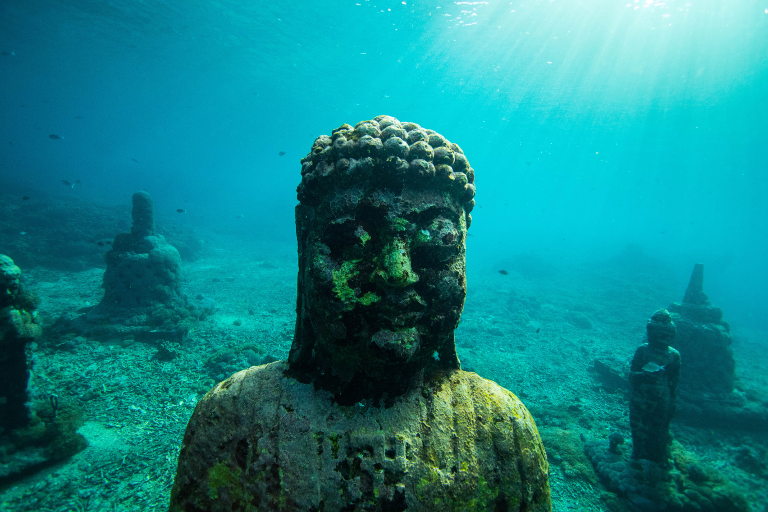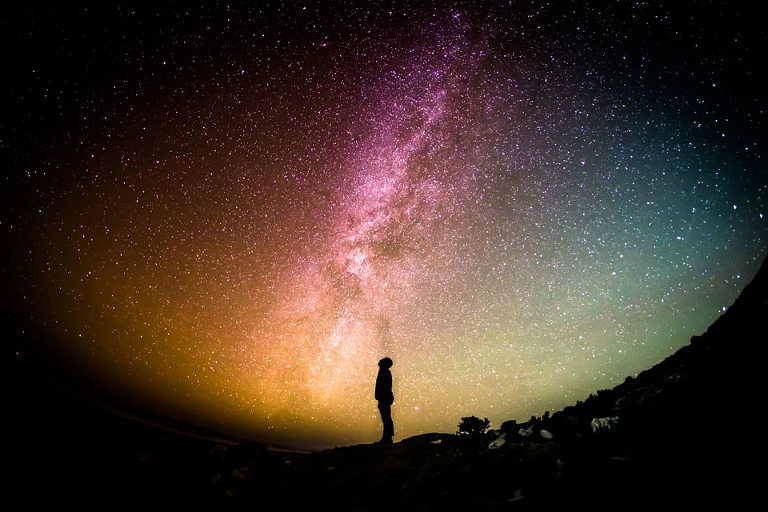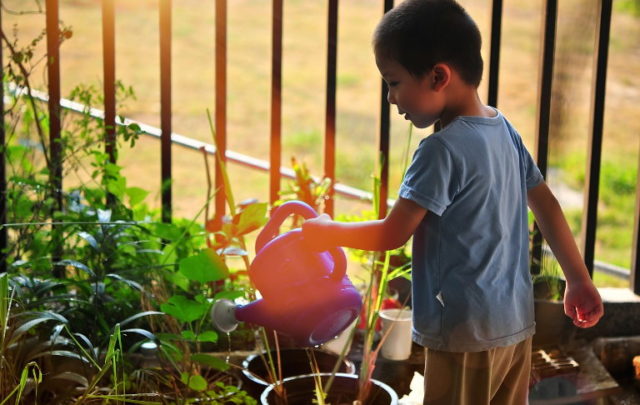In the 2016 documentary film Before the Flood, Anote Tong, the former president of Kiribati, declared, “Crisis is not when whole islands are underwater, it is what happens before.” This profound statement is a call to all humanity to heed the signs of debilitating change awaiting Tong’s people and acknowledge that the world is in a state of crisis.
Early in the twenty-first century, scientists began warning that this optimal state of the planet seemed to be changing. In 2005, an international team of scientists demonstrated “clear evidence for fundamental shifts in the state and functioning of the Earth System that are beyond the range of variability of the Holocene and driven by human activities.” This shift is so stark that it has prompted many scientists to declare that we are no longer in the Holocene but rather are in a new geological epoch, commonly called the Anthropocene.
Exponential world population growth is the main driver of this shift. With a current growth rate of 1.18 percent per year, the human population reached 7.3 billion in 2015—it is now estimated that humanity uses 1.6 Earths’ worth of resources annually. The ability of the Earth system to provide for the excesses of humanity’s resource consumption is diminishing. Even the technological improvements that have extended Earth’s natural capacity are targeted to specific outcomes and usually overlook the associated damage. A well-known example is the Green Revolution of the mid-twentieth century in which the introduction to global agriculture of synthetic fertilizers, pesticides, oil-powered machinery (like tractors), and other technological developments brought about a massive increase in global food production. However, with these benefits came serious costs to our global ecosystem.
“Cascading impacts” are of recent and increasing concern. These are secondary effects in which impacts themselves become part of a chain of drivers of change with influence beyond their original environment and geography. For example, cascading impacts from changes in the Arctic have been linked to tropical forests becoming savannahs, monsoons weakening, mangroves collapsing, algae overtaking coral habitats, and the West Antarctica ice sheet collapsing. Outside the polar regions, melting in the Greater Himalayas—the source of the ten largest rivers in Asia—threatens the water supply of more than one billion people and the safety of millions.
Humanity has come a long way in dealing with the environmental challenges we have created. As global action steams ahead, our individual voices must continue to speak for systemic change that is inclusive and representative, as well as for better understanding and respecting the Earth system. Although it is almost impossible to wrap our heads around the complexity of this Earth system, we can draw from our personal interests and curiosities to start to make sense of it.
This post is based on a chapter from Post Carbon Institute’s 2016 book The Community Resilience Reader: Essential Resources for an Era of Upheaval.





